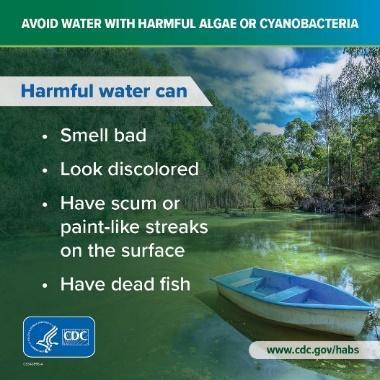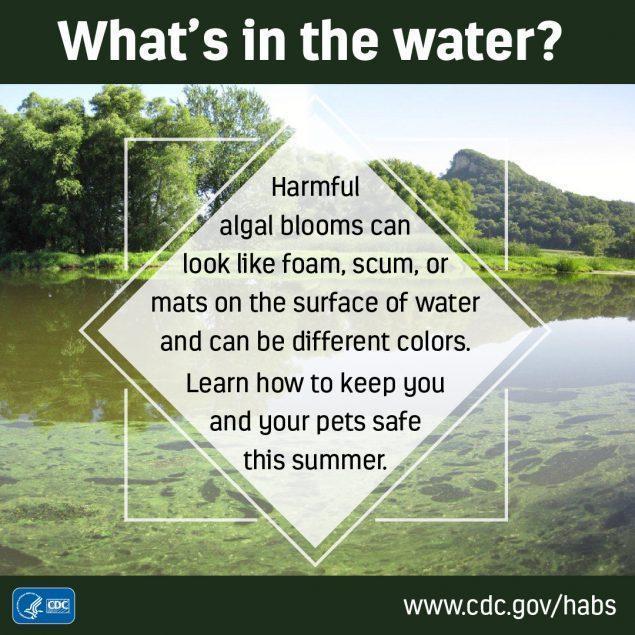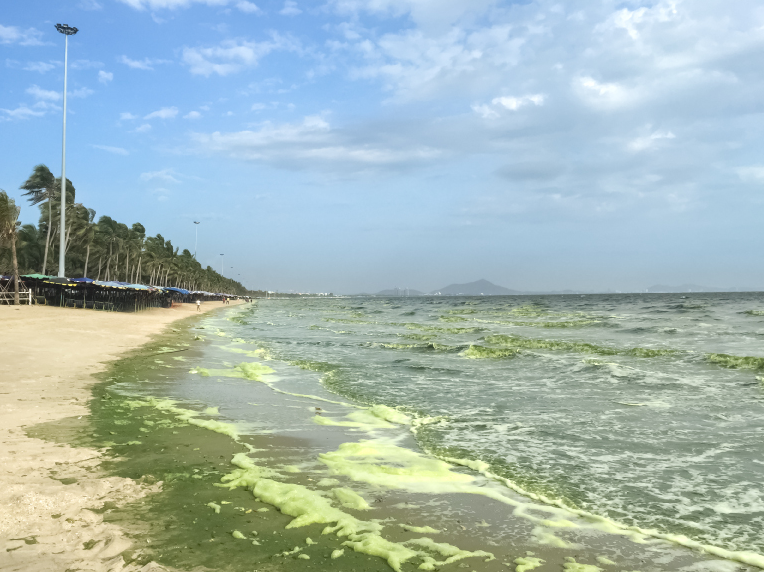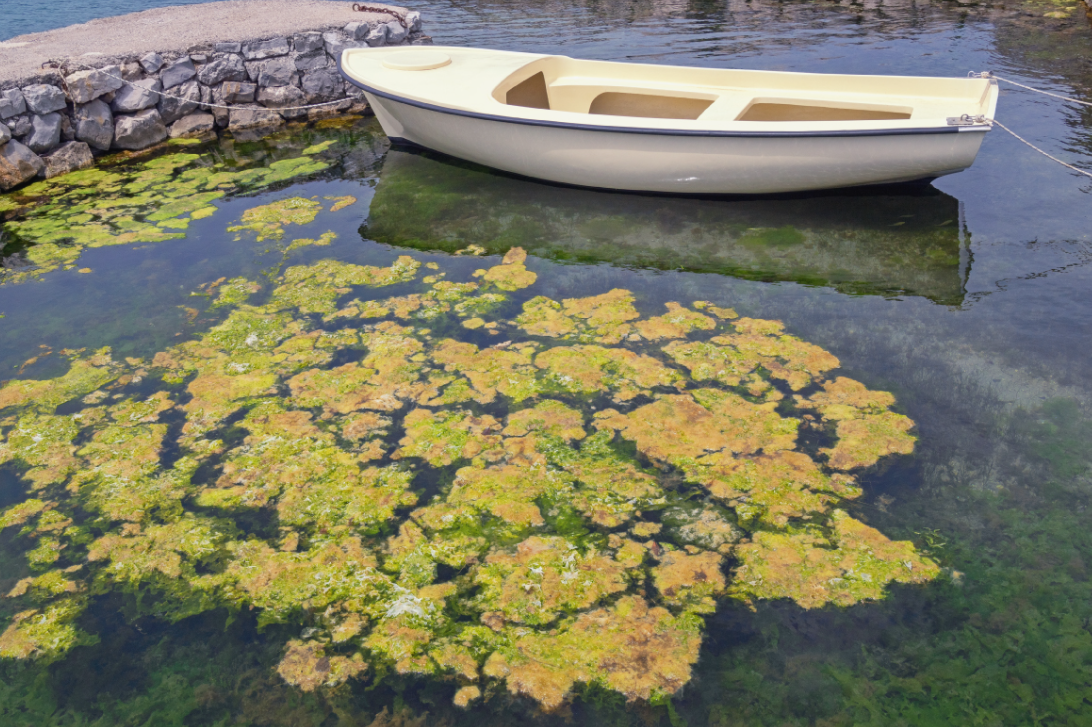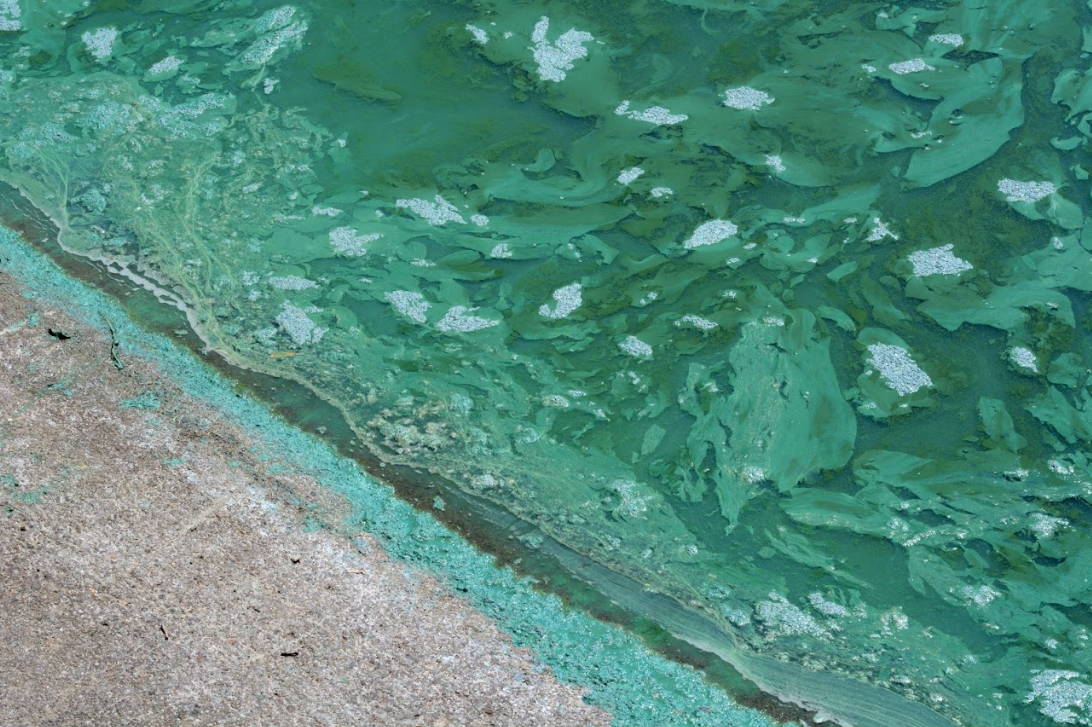Attachment 9 - Messages to be tested HABs
Attachment 9 - Messages to be tested HABs.docx
[NCEZID] Generic Clearance for the Collection of Qualitative Feedback on Agency Service Delivery
Attachment 9 - Messages to be tested HABs
OMB: 0920-1071
Form Approved
OMB No. 0920-1154
Exp. Date: 3/31/26
Attachment #9- Messages to be Tested (HABs Focus Groups)
Population |
Number of FGDs |
Number of Participants |
General population who visits freshwater bodies |
2 |
16 |
Dog owners who visit freshwater bodies with their dogs |
1 |
8 |
Parents who visit freshwater bodies with their kids/teens |
1 |
8 |
Total |
4 |
32 |
Messages/Materials for Testing
POC/ |
Audience (pick 1-2 per content) |
Message/Content (Please specify content type: social media graphic, social media text copy, video, etc.) |
Testing Presentation (ex. Side-by-side, scroll through) |
|
WDPB |
Dog owners |
|
Scroll through |
|
WDPB |
Dog owners; parents |
Poster: You can’t always see harmful cyanobacteria (blue-green algae). (cdc.gov) |
Scroll through |
|
WDPB |
General population; parents |
Poster: Stay Out of Lakes and Rivers if You See Scum or Changes in Water Color. (cdc.gov) |
Scroll through |
|
WDPB |
Dog owners |
Poster: Cyanobacteria (cdc.gov) |
Scroll through |
|
WDPB |
Dog owners |
|
Scroll through |
|
WDPB |
General population; parents |
Social media message: Harmful algae and cyanobacteria can
make toxins that hurt people, animals, and the environment. Learn
what they are and how to avoid
them:
|
Side by side |
|
WDPB |
Dog owners |
Social media message: Cyanobacteria (blue-green algae) can be deadly for dogs, but you can’t always see it in the water. Call a vet right away if your dog seems sick after drinking or playing in a pond, river, or lake. More tips to protect your pet: https://www.cdc.gov/habs/specific-groups/animal-owners-cyanobacteria.html
Graphic: 340898-A_Jacobi_HAB_SM_dog_1080x1080.jpg (1080×1080) (cdc.gov) |
Side by side |
|
WDPB |
General population; parents |
Social media message: Cyanobacteria (blue-green algae) can cause rashes, headaches, stomach pain, and other illnesses. Learn how to protect yourself, your loved ones, and your pets: https://www.cdc.gov/habs/be-aware-habs.html
|
Side by side |
|
WDPB |
General population; parents |
Social media message: Protect yourself and your family by staying out of lakes and rivers that smell or look bad. Harmful algae and cyanobacteria (blue-green algae) can smell rotten and look like foam, scum, mats, or paint floating on the water. More tips: https://www.cdc.gov/habs/prevention-control.html
Graphic: 342010-A_Oginga_HABs_GoingInWater_1080x1080.jpg (1080×1080) (cdc.gov) |
Side by side |
|
WDPB |
General population; parents; dog owners |
Social media message: Some harmful algal blooms can be hard to see. Blooms of algae can grow at the bottom of rivers, lakes, and ponds, and make people and animals sick from the toxins they release. Learn more: https://www.cdc.gov/habs/environment.html#sb
|
Side by side |
|
WDPB |
Dog owners |
Social media message: If your pet gets into scummy or discolored water, rinse them off with tap water right away and don’t let them lick their fur. The water could have harmful algae or cyanobacteria, which can be deadly for pets. More info: https://www.cdc.gov/habs/specific-groups/animal-owners-cyanobacteria.html
Graphic: harmful_algal_blooms_edits_1080x1080.jpg (1081×1080) (cdc.gov) |
Side by side |
|
WDPB |
General population; parents |
Social media message: Staying away from water with signs of a harmful algal bloom (toxic algae) can keep you and your family safe. Learn how to recognize blooms: https://www.cdc.gov/habs/environment.html#sb
|
Side by side |
|
WDPB |
General population; parents |
Social media message: Harmful algal blooms can make you sick. Check water conditions before heading to lakes, rivers, and oceans. Follow advice posted near the water or online by your local government to avoid getting sick. Look up local conditions: https://www.cdc.gov/healthywater/swimming/water-quality-oceans.html
Graphic: cdc.gov/habs/images/social-media/2023/Graphic_advisory_sign_Instagram_1080x1080.jpg |
Side by side |
|
WDPB |
General population; parents |
Social media message: If you get sick after going in scummy or discolored water, talk to a doctor or Poison Control for advice about how to relieve your symptoms. Learn more about illnesses caused by harmful algal blooms: https://www.cdc.gov/habs/illness.html
|
Side by side |
|
WDPB |
General population; dog owners |
Harmful algal blooms can make you and your pets sick. These blooms occur in every state and can grow in fresh and salt water, including lakes, rivers, ponds, and oceans. Learn how to protect yourself and your pets: https://www.cdc.gov/habs/be-aware-habs.html
|
Side by side |
|
WDPB |
General population; parents |
Webpage: https://www.cdc.gov/habs/general.html (in spring 2024, URL will likely change to www.cdc.gov/harmful-algal-blooms/about/index.html)
|
Scroll through |
|
WDPB |
General population; parents; dog owners |
[screenshots below, will use original quality images for testing]
|
Present image |
|
WDPB |
General population; parents; dog owners |
[screenshot below, will use original quality image for testing]
|
Present image |
|
CDC estimates the average public reporting burden for this collection of information as 60 minutes per response, including the time for reviewing instructions, searching existing data/information sources, gathering and maintaining the data/information needed, and completing and reviewing the collection of information. An agency may not conduct or sponsor, and a person is not required to respond to a collection of information unless it displays a currently valid OMB control number. Send comments regarding this burden estimate or any other aspect of this collection of information, including suggestions for reducing this burden to CDC/ATSDR CDC/ATSDR Information Collection Review Office, 1600 Clifton Road NE, MS H21-8, Atlanta, Georgia 30333; ATTN: PRA (0920-1154).
| File Type | application/vnd.openxmlformats-officedocument.wordprocessingml.document |
| Author | Jacobi, Amy (CDC/NCEZID/DFWED/WDPB) |
| File Modified | 0000-00-00 |
| File Created | 2024-08-01 |
© 2026 OMB.report | Privacy Policy





